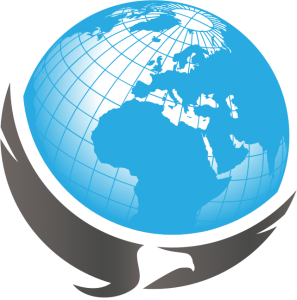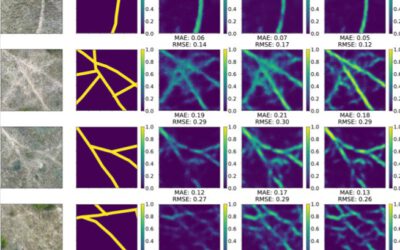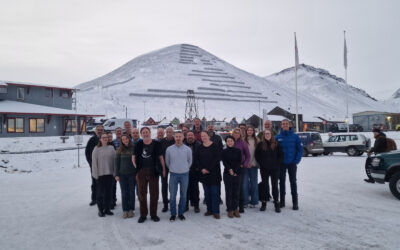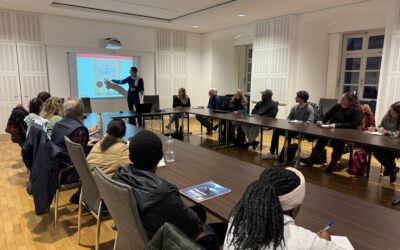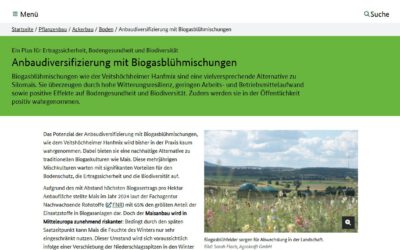 Our new article just got published in Biological Conservation. It is based on various workshop outcomes organized by NASA/WCS, CEOS Biodiversity and others in the past 2 years. The free and open access policy for space borne earth observation is crucial for global biodiversity research and conservation.
Our new article just got published in Biological Conservation. It is based on various workshop outcomes organized by NASA/WCS, CEOS Biodiversity and others in the past 2 years. The free and open access policy for space borne earth observation is crucial for global biodiversity research and conservation.
Satellite remote sensing is an important tool for monitoring the status of biodiversity and associated environmental parameters, including certain elements of habitats. However, satellite data are currently underused within the biodiversity research and conservation communities. Three factors have significant impact on the utility of remote sensing data for tracking and understanding biodiversity change. They are its continuity, affordability, and access. Data continuity relates to the maintenance of long-term satellite data products. Such products promote knowledge of how biodiversity has changed over time and why. Data affordability arises from the cost of the imagery. New data policies promoting free and open access to government satellite imagery are expanding the use of certain imagery but the number of free and open data sets remains too limited. Data access addresses the ability of conservation biologists and biodiversity researchers to discover, retrieve, manipulate, and extract value from satellite imagery as well as link it with other types of information. Tools are rapidly improving access. Still, more cross-community interactions are necessary to strengthen ties between the biodiversity and remote sensing communities.
Free and open-access satellite data are key to biodiversity conservation
Biological Conservation, Volume 182, February 2015, Pages 173-176
http://www.sciencedirect.com/science/article/pii/S000632071400473X

